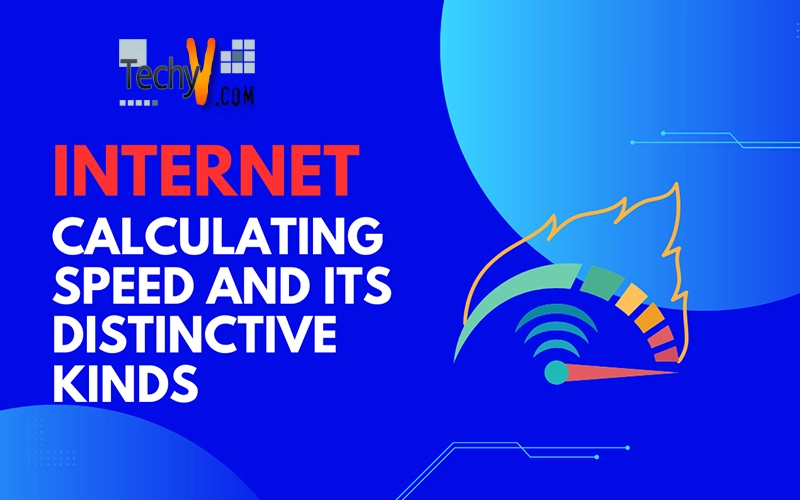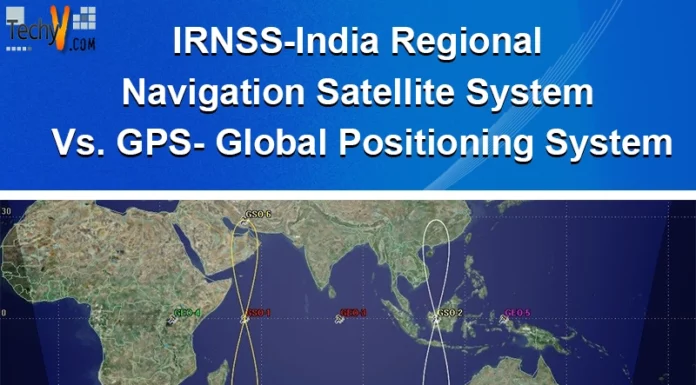Internet Speed Calculation
The Internet is a worldwide system that interconnects all the computer networks, while making use of conventional TCP/IP Internet Protocols, which are serving billions of users all around the world. It is basically a network of all the networks that include billions of business; public and private, government, and academic networks ranging from local to global extent, which are all connected by an extensive array of optical and electronic networking technologies.

The Internet is a complete database that contains a broad range of information, services and resources; like the inter-connected hypertext documents that are present within the World Wide Web and the entire infrastructure that supports the electronic emailing system.
The speed of the Internet can be broken down into three different and distinctive kinds such as the download speed, which is a speed that can be adapted by the user to retrieve any particular thing from the Internet. The second one is the upload speed, which is the speed with which a user can easily transmit and transfer data to any of the remote locations over the Internet. The third one is named as, latency, which is the length or lag of time that starts occurring between points during the transfer.
The upload and download speeds are measured through the of bytes or bits that are transmitted per second. Whereas, the latency is measured in thousandths of a second or milliseconds. To make it simpler, you can think of these measurements as compared to one with a truck payload; like a big and large truck could easily carry as compared to an economy pickup truck. 8 bits is considered equal to 1 byte, and thus, bytes are calculated.
Normally, the most frequently referred measurement is the download speed which is then followed by the upload speed. For instance, an ISP is offering its consumers with 15 Mbps download speed and 1.5 Mbps upload speed against the T1 line which is advertising .5 Mbps download speed and 1.5 Mbps upload speed. You need to keep this point in your mind that the T1 line is an extremely expensive one, it comes up with the service level agreement that certifies quality of service and uptime, while any conventional cable-based internet connection does not guarantee that. This can also be thought of as the example of payload truck, that more information can be moved in the truck when compared to the economy-based pickup truck.
In case, the user is concerned about downloading large-based files such as movies, then the downloading speed is of a prior and crucial concern. The higher the numerical figure is there for the download speed, it means that it will be taking less time to be downloaded into your system from that particular Web portal. Making a long story short, if you are downloading a movie, which is at a download speed of 15 Mbps, then it will be tentatively taking 1/10th period to actually download while making use of a 1.5 Mbps Internet connection.
On the other hand, the upload speed is the one which indicates what sort of performance you would be expecting if you are considering transmitting a large number of high-resolution photos to be uploaded to a photo printing service or sending them within an email as an attachment.
There are numerous Internet protocols that are basically set based on different communication protocols that are used for the Internet and various related networks. They are also generally known as the TCP/IP; these are the two most crucial and vital Internet protocols that are IP as Internet Protocol and TCP as Transmission Control Protocol. These are the two most crucial and vital Internet protocols; IP (internet Protocol) and TCP (Transmission Control Protocol). However, the protocols have been modified with the passage of time. As the technology is advancing with every passing day, there are several Modern and superior IP networking that corresponds to a combination of various developments that were initiated in the era of 1960’s and 70’s which were named as the Local Area Networks and the Internet which came up during the 1980’s decade and later in the 1990’s with the arrival of the World Wide Web.
The Internet Protocols like any other protocol set is also based on different set of layers. Each and every layer is helpful in solving different kinds of issues which are involved during the data transfer and transmission. All the layers are useful in defining the operational extents and capacity of the related protocols. Normally, each module of the layer has to provide extremely well-defined and accurate services to the prior layered protocols while making use of the lower-layered protocol services. Logically, the upper layered protocols are nearer to the users while dealing with most of the abstract data. On the other hand, relying on the lower-layered protocols is helpful in translating data into different forms that can be in the end physically transmitted.
When a user is accessing the internet at a high-speed, this certainly allows them to exchange large chunks of information such as news bulletins, weather reports, being in touch with family and friends, and many others. The speed of Internet that you may happen to need is basically dependent on your needs and requirements. Once you have determined your requirements for using the Internet, you can always get the appropriate speed. For instance, if you only need to play online games then a speed of 2MB is sufficient. Thus, the speed varies with every user’s requirements and necessities. Therefore, while you are considering having high-speed Internet access then you need to go through an easy procedure which is comparing all the service providers available around you so that you could easily make out the best choice for yourself.


















